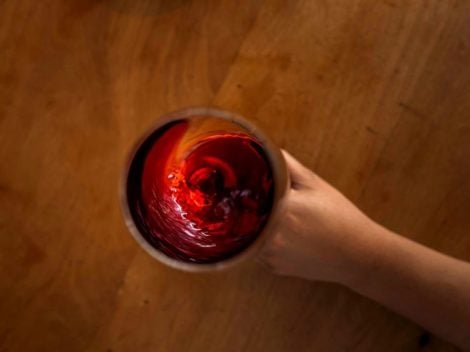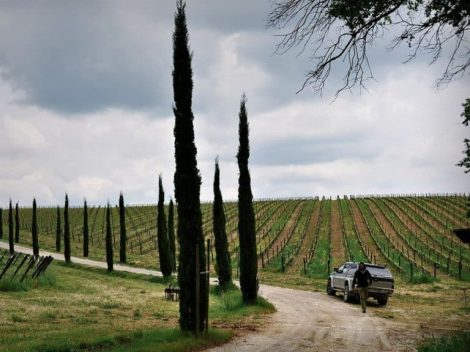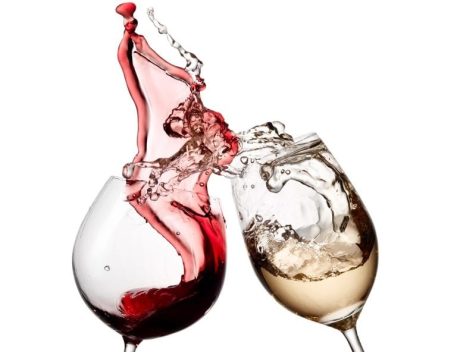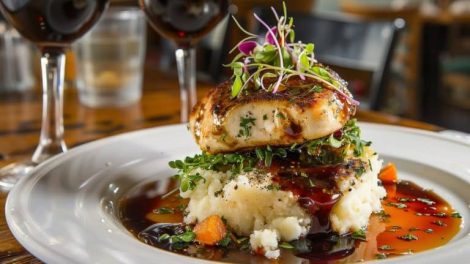Seborga, Bajardo, Bordighera, Sanremo. Locations whose ancient history bears traces of a distant past and that's still evident in every corner, alley and square. The province of Imperia is part of Liguria that's strongly anchored to the past. It's a territory that over time has been able to preserve time-revered customs and traditions.
Celtic influence in Liguria
In Bajardo, for example, the only pagan event of the Ponente, the Ra barca, is still staged to this day. In the centre of the village a tall pine stem is erected, symbol of a sailing ship's mast, in memory of a legend dating back to the Maritime Republics. And it's precisely in these areas that the Druids practiced their rituals. The legacy of the Celtic priests goes far beyond cults: the Ligurians have a deep respect for the surrounding nature, a predisposition to cultivation and a series of endemic plants that to this day still characterise the territory.
Black strawberries and the Aagriturismo Monaci Templari
Chestnut, oak, fruit trees and even black strawberries are among the crops related to the passage of the Celts. Unlike the other varieties, however, black strawberries have long been forgotten. But they could soon return to the market, thanks to the recovery work of the Agriturismo Monaci Templari in Seborga. The country cottage built in the 17th century by the Benedictine monks under the Abbot of Seborga, boasts a teaching farm and their own organically grown specialties: jams, herbal teas with olive leaves and taggiasca olives in brine. Assisting the activity and research on strawberries is Emanuela Rebaudengo: her family inherited the land in 2014 and rebuilt the cottage on a sunny hilltop, creating a small oasis of peace where each traveler is hosted with care and love, just like Benedictine monks once did with wayfarers.
Black strawberries: containing anthocyanins
Ordering or purchasing the strawberries is still not allowed, but Emanuela continues her fruit recovery operation. This is a winter plant, which loves the cold, and which has also been studied by the Forlì Oliviculture, Fruit and Citrus Research Center. According to Crea researcher Gianluca Baruzzi, the dark colour is linked to the presence of anthocyanins, "or, the antioxidant pigments that protect us against free radicals and lend the fruit its darker shade".
by Michela Becchi

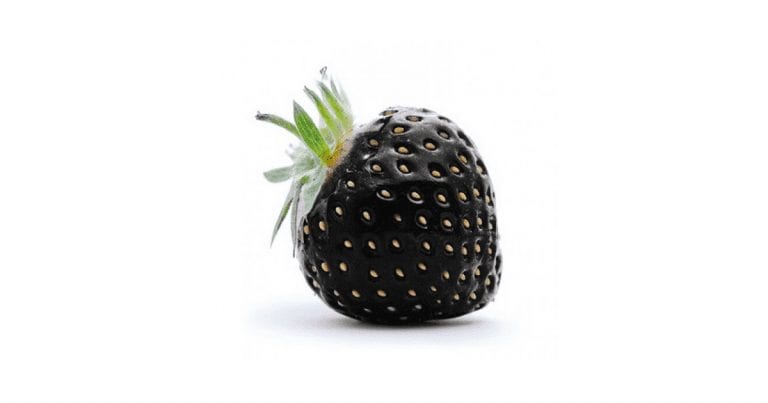
 The hidden Trattoria in the Mountain of Bacoli that brings the sea to your plate
The hidden Trattoria in the Mountain of Bacoli that brings the sea to your plate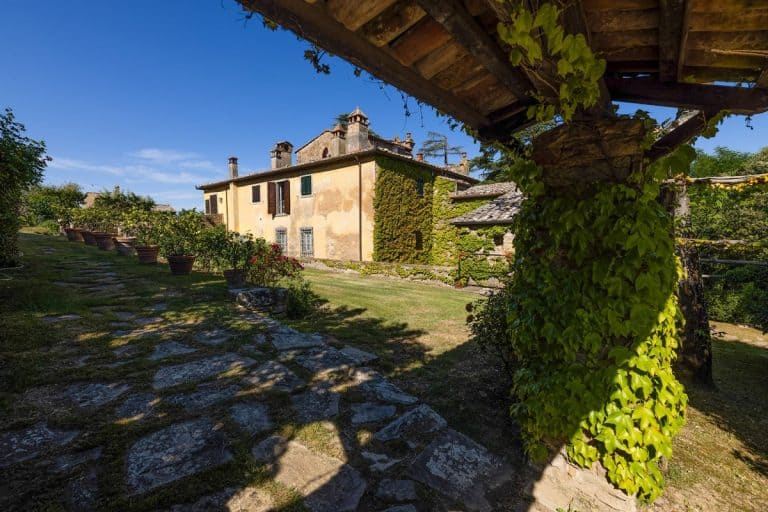 Here are the 11 Syrah labels that narrate the new era of Cortona winemakers
Here are the 11 Syrah labels that narrate the new era of Cortona winemakers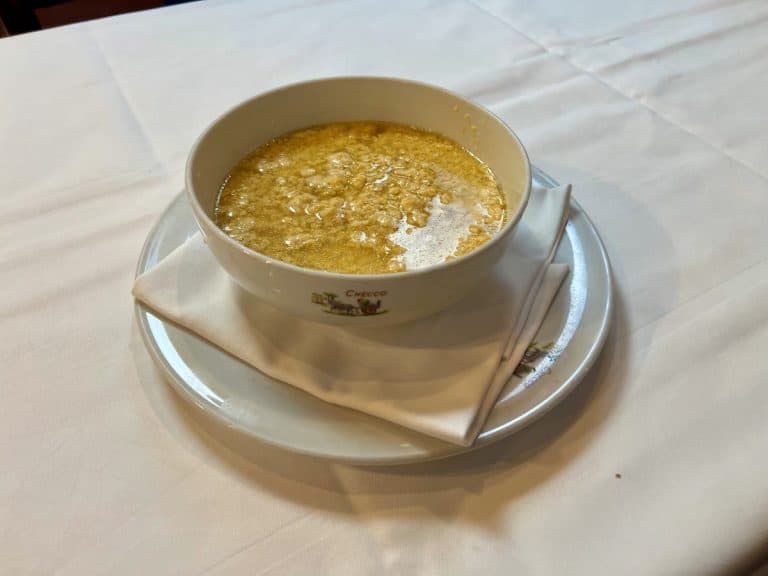 God Bless those who don’t forego Stracciatella on the evening of December 25th. Here’s the recipe from a renowned Roman trattoria
God Bless those who don’t forego Stracciatella on the evening of December 25th. Here’s the recipe from a renowned Roman trattoria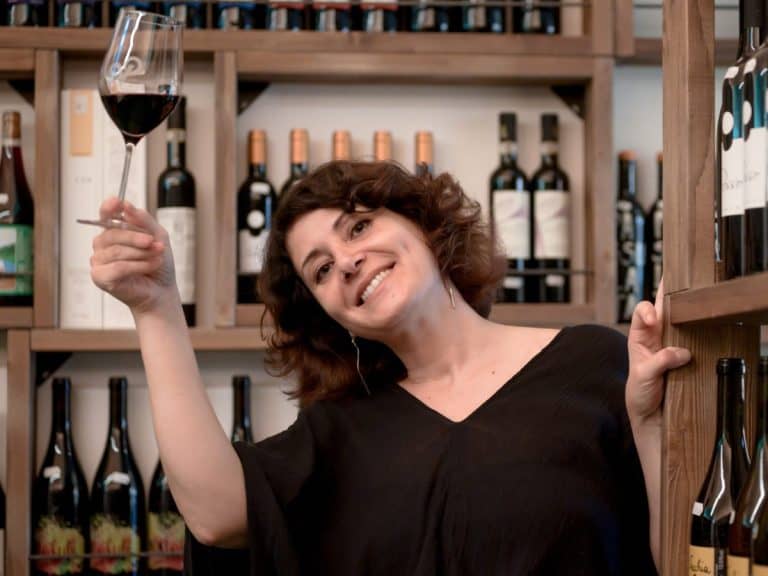 Hidden in an old district of Perugia lies one of Italy's cosiest wine bars
Hidden in an old district of Perugia lies one of Italy's cosiest wine bars Christmas Eve dinner and Christmas Day lunch: festive traditions rooted in Solstice feasts
Christmas Eve dinner and Christmas Day lunch: festive traditions rooted in Solstice feasts
